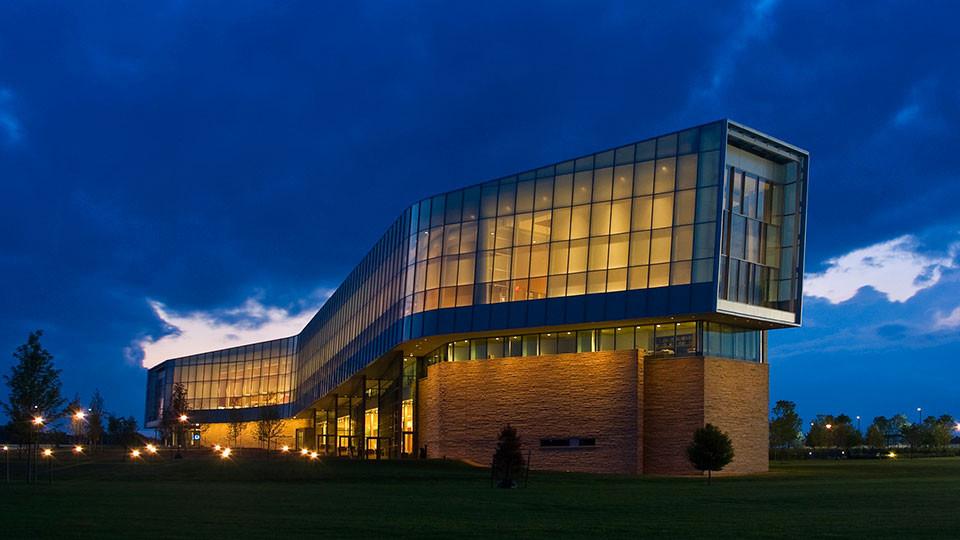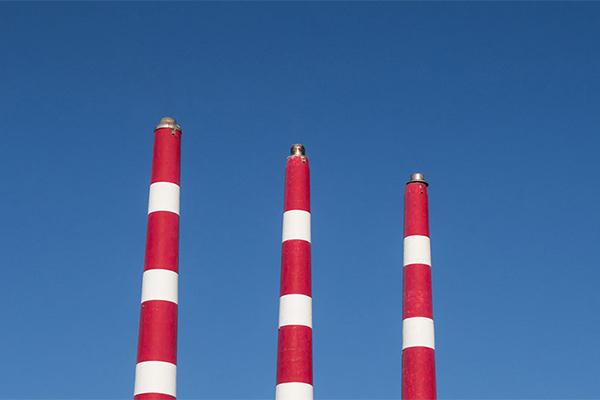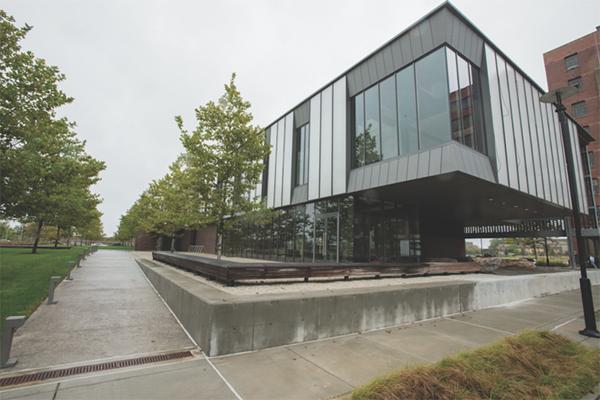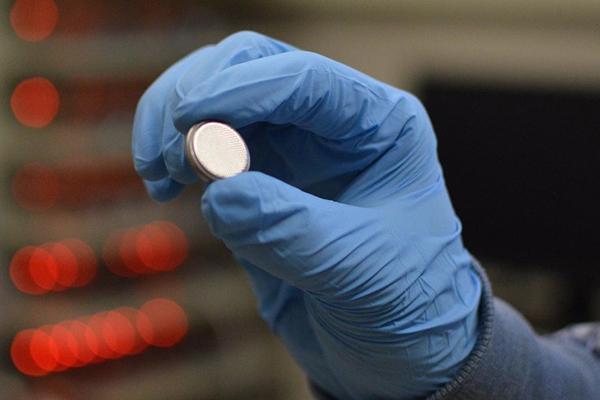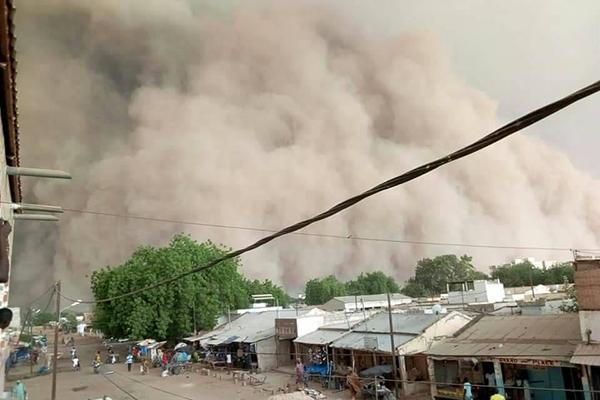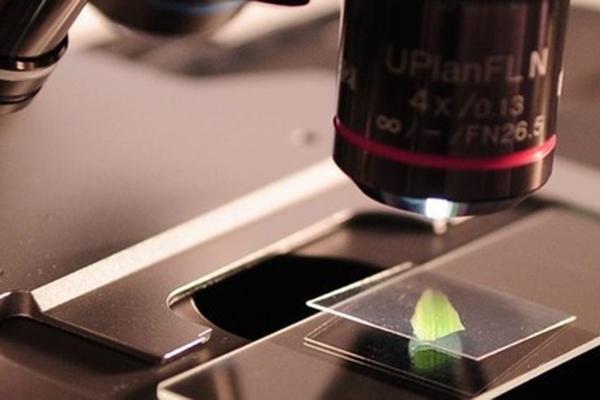Almost 40 percent of the energy we use goes to heat, cool, light, and power appliances in the buildings where we live and work. Penn State is a global leader in making its buildings more energy efficient through green design and sustainable construction practices.
Penn State researchers are working on new technology to capture CO2 before it gets into the atmosphere and either sequester it or use it to create new products.
Penn State researchers are developing a range of innovative technologies to harvest the sustainable energy of natural processes to power our future.
Penn State scientists, policy experts, and physical plant managers are exploring how to navigate the transition from fossil fuels to renewable energy sources so we can get the greatest value out of the green technologies that are becoming available.
The past few years have brought a surge in battery technology. Here’s a sampling of how Penn State researchers are changing the battery landscape.
Research that models nearly 60 years of air quality in West Africa could lend insights into better forecasting a hazard that affects more than 350 million people in the region, according to an international team of researchers.
Tanya Furman, professor of geosciences in the College of Earth and Mineral Sciences, was appointed president-elect of the newly formed education section of the American Geophysical Union (AGU).
An inaugural University-wide undergraduate research symposium will showcase work being conducted by women, minorities and first-year students in STEM fields.
'The Bearded Lady Project' photography exhibit, which highlights women in science and draws attention to issues they face, is now open in the Earth and Mineral Sciences Museum & Art Gallery.
Michael Mann, Penn State Distinguished Professor of Atmospheric Science, explains in that the future is still very much in our hands when it comes to dangerous and damaging summer weather extremes.


